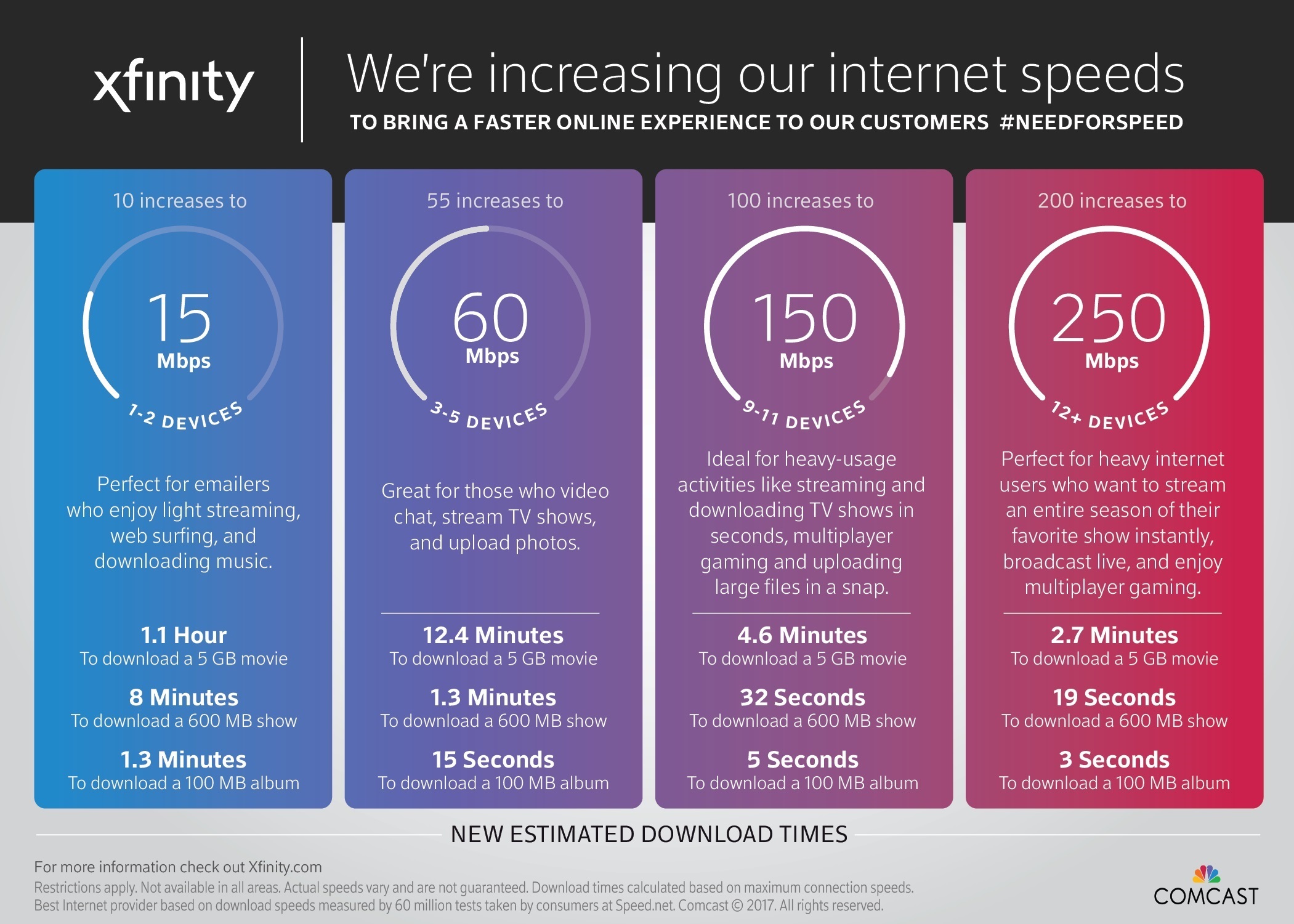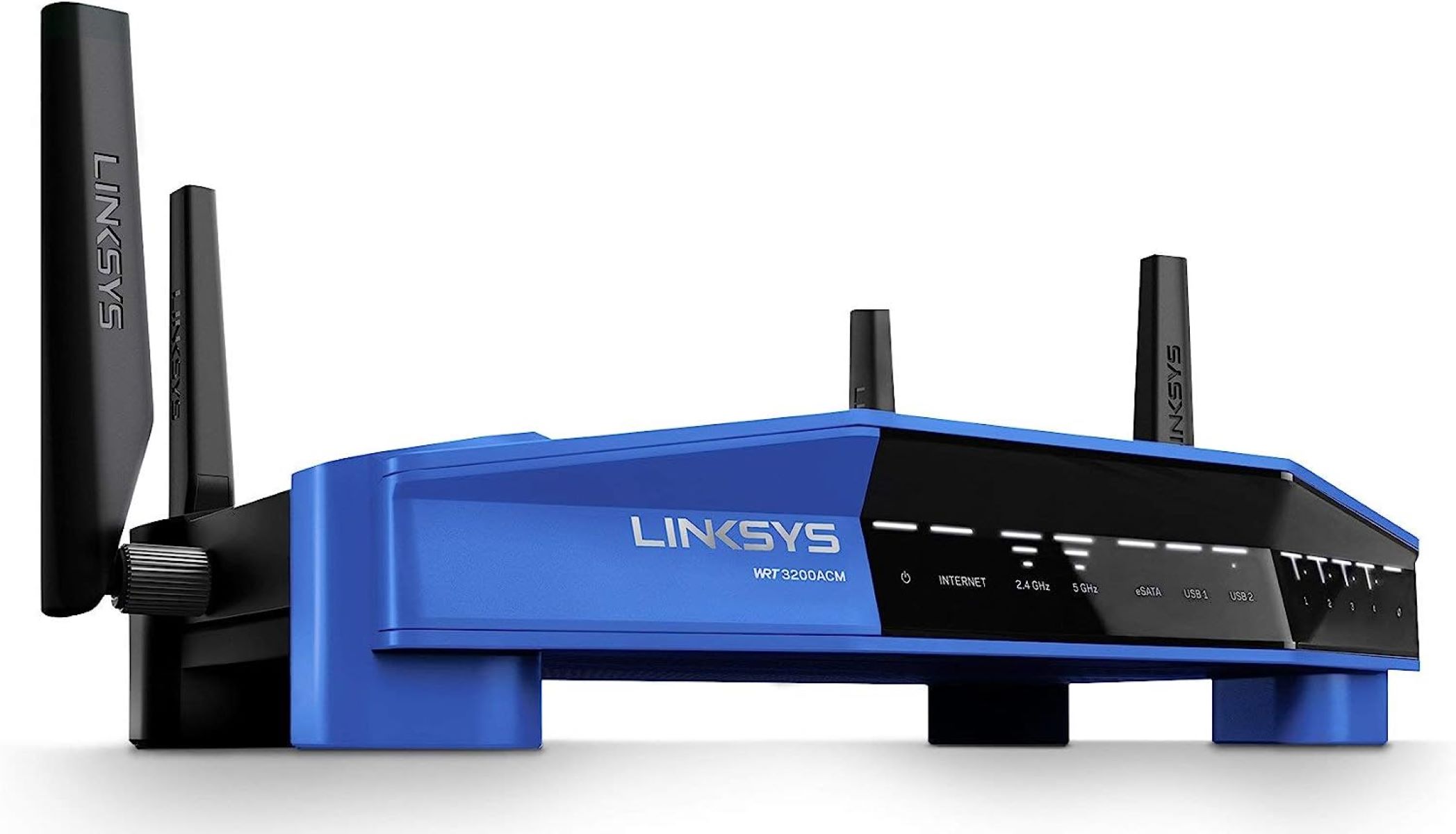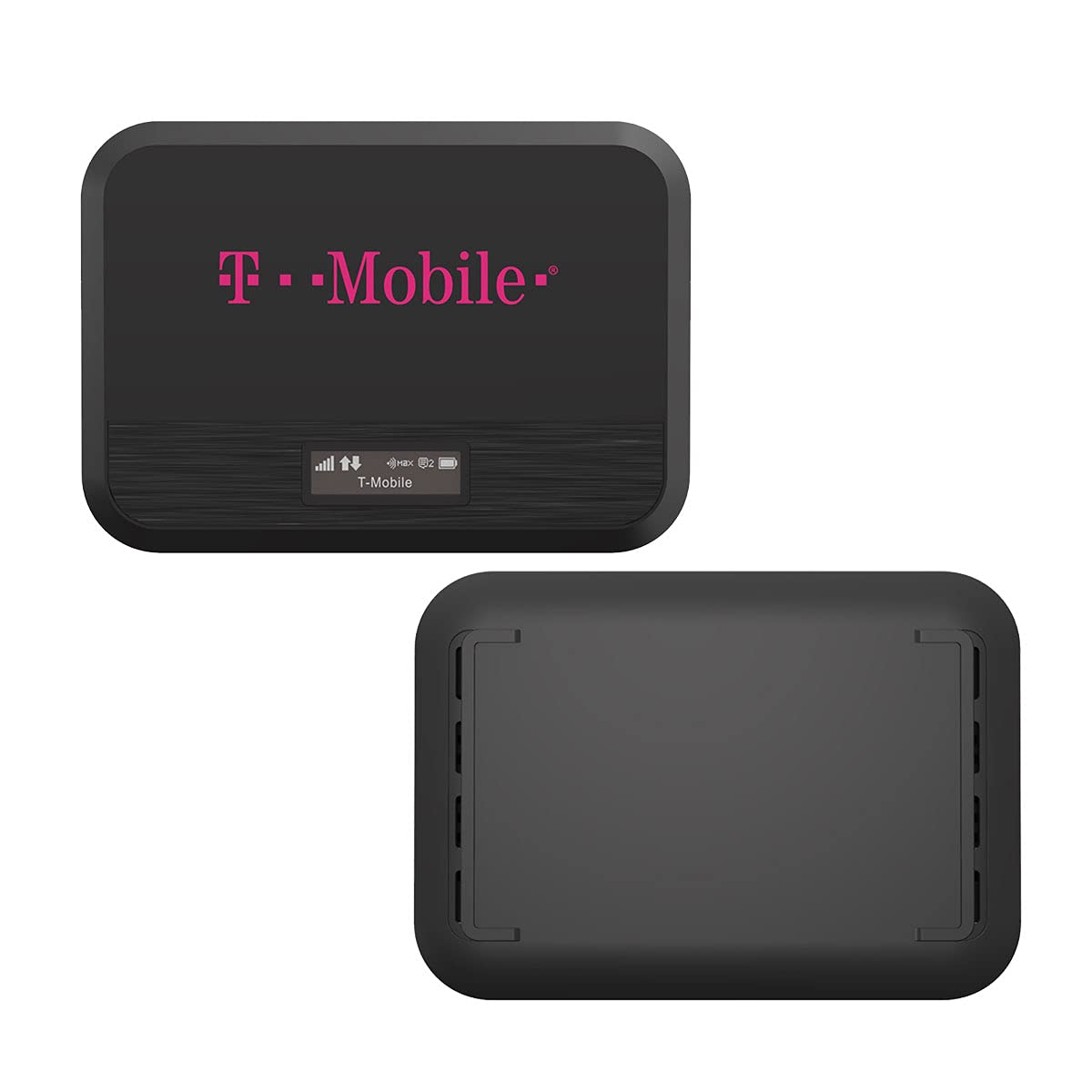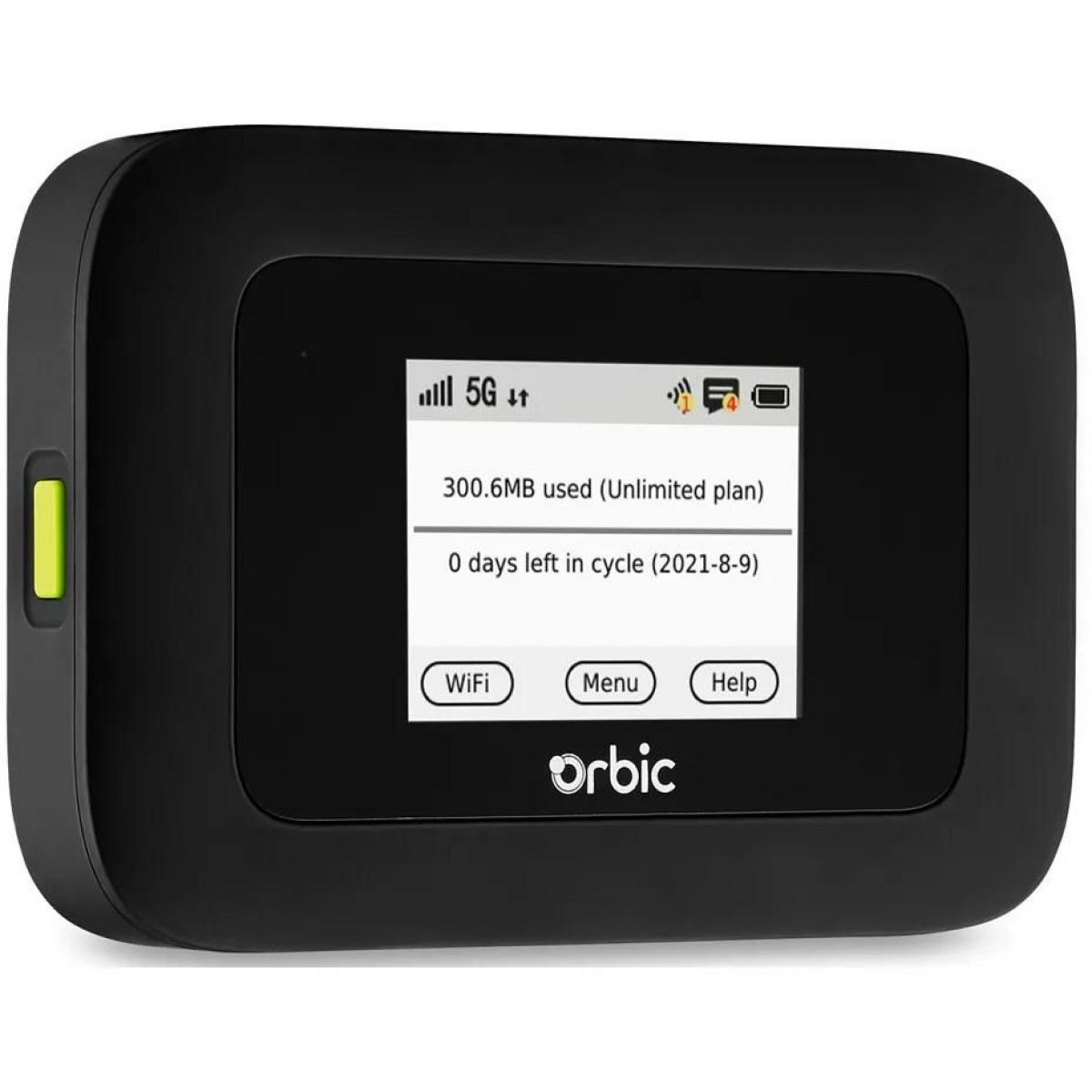Introduction
Access to reliable and high-speed internet has become increasingly important in today’s interconnected world. However, for those living in rural areas, obtaining a stable WiFi connection can be a significant challenge. The remote nature of these regions often leaves residents with limited options for internet access, making it difficult to stay connected and take advantage of the countless opportunities the internet offers.
Rural areas tend to face unique obstacles that hinder the availability of WiFi. The lack of telecommunications infrastructure, the vast distances between households, and the geographical barriers all contribute to the limited connectivity options in these areas. As a result, residents often find themselves with inadequate internet coverage or dependent on slow, unreliable connections. This digital divide can have profound implications for education, healthcare, business, and overall quality of life for rural communities.
Fortunately, there are various solutions available that can help bridge the gap and bring WiFi to rural areas. In this article, we will explore different options and technologies that can enable residents in rural areas to enjoy reliable internet connections. From satellite internet to community WiFi networks, we will break down the pros and cons of each option, allowing you to make an informed decision based on your specific needs and circumstances.
While accessing WiFi in rural areas may pose challenges, advancements in technology and innovative solutions have made it increasingly possible to overcome these obstacles. By exploring the available options and understanding their limitations, you can find a solution that best suits your requirements and brings the benefits of the internet to your rural community.
Understanding the challenges of accessing WiFi in rural areas
Rural areas face unique challenges when it comes to accessing WiFi due to several factors. One of the primary challenges is the lack of telecommunications infrastructure in remote regions. Traditional internet service providers often focus their resources on urban areas where the population density is higher, leaving rural areas underserved or completely excluded from connectivity options.
Another challenge is the vast distances between households in rural areas. The infrastructure required to connect each home to the internet can be costly and challenging to implement. These distances make it less economically feasible for internet service providers to extend their networks to these areas.
In addition to infrastructure limitations, geographical barriers can also pose challenges to accessing WiFi in rural areas. Mountainous terrain, thick foliage, and other natural obstacles can obstruct the transmission of wireless signals, resulting in poor coverage or complete lack of connectivity in certain areas. This makes it even more difficult for residents in rural areas to establish a stable and reliable WiFi connection.
Furthermore, the cost of accessing WiFi in rural areas can be significantly higher compared to urban areas. Due to the limited number of providers and the infrastructure required, pricing plans can be less competitive, making it more expensive for residents to access the internet. The higher costs, coupled with limited options, can create financial barriers for many individuals and households in rural communities.
The challenges of accessing WiFi in rural areas can have far-reaching consequences. Limited access to educational resources, job opportunities, and online services can hinder personal and professional growth. Moreover, rural businesses may struggle to compete in an increasingly digital world without a reliable internet connection. These challenges emphasize the urgent need to explore alternative solutions and technologies that can bring WiFi to rural areas in a cost-effective and efficient manner.
Exploring different options for getting WiFi in rural areas
Fortunately, there are several options available to overcome the challenges of accessing WiFi in rural areas. These options leverage different technologies and approaches to bring reliable internet connectivity to remote communities. Let’s explore some of the most common options:
- Satellite Internet: Satellite internet utilizes geostationary satellites to provide internet access to areas without traditional wired connections. A satellite dish installed at your home receives signals from the satellite in space, allowing you to access the internet. This option provides wide coverage and is suitable for areas with few or no terrestrial internet options. However, it can be expensive and may have latency issues.
- Fixed Wireless Internet: Fixed wireless internet uses radio signals to deliver high-speed internet to homes and businesses. This technology involves installing a wireless antenna on a tower or tall structure near your location, which then transmits internet signals to a receiver on your property. Fixed wireless is reliable, offers high speeds, and can serve multiple users simultaneously. However, it requires a line-of-sight connection and might be limited to specific service providers in your area.
- Cellular Data Plans: Many rural areas have reliable cellular coverage, and cellular data plans can be a viable option for accessing the internet. By using a dedicated mobile hotspot or tethering your device, you can connect to the internet via your cellular network. However, it is essential to consider data caps, network congestion, and coverage limitations, especially in remote areas.
- Community WiFi Networks: Community WiFi networks involve establishing local networks that cover a specific area, such as a neighborhood or small community. Residents can collectively invest in the necessary infrastructure, such as antennas and routers, to create their own WiFi network. This option allows for cost-sharing and can be an effective way to bring WiFi to areas where traditional providers are unavailable or expensive.
- Mesh Networking: Mesh networks consist of interconnected devices that act as both transmitters and receivers, creating a network that covers a broader area. With mesh networking, you can extend your WiFi signal range by adding multiple nodes throughout a community. Each node communicates with nearby nodes, ensuring a reliable and consistent connection across a larger area. This option is ideal for neighborhoods or communities that want to share connectivity resources.
Each option has its advantages and considerations, so it’s important to evaluate them based on your specific needs, budget, and location. Keep in mind that in some cases, a combination of different solutions may be necessary to achieve reliable and robust WiFi coverage in rural areas.
Option 1: Satellite Internet
One of the primary options for accessing WiFi in rural areas is satellite internet. This technology utilizes geostationary satellites positioned in space to provide internet connectivity to areas without traditional wired connections. Here’s a closer look at the pros and cons of satellite internet:
Pros:
- Wide coverage: Satellite internet has the advantage of providing coverage in even the most remote areas, where terrestrial options may not be available.
- Fast speeds: Advances in satellite technology have made it possible to achieve high-speed internet connections, comparable to some wired options.
- Independent of infrastructure: Satellite internet is not reliant on the presence of physical infrastructure, such as cables or wires, making it a viable choice in areas with limited telecommunications infrastructure.
Cons:
- Latency: Signal transmission between the satellite and your dish requires time, resulting in increased latency or delay in data transfer. This can be problematic for activities that require real-time communication, such as online gaming or video conferencing.
- Weather interference: Adverse weather conditions, such as heavy rain or snowstorms, can impact the quality of the satellite connection, leading to potential service disruptions.
- Cost: Satellite internet tends to be more expensive than other options due to the infrastructure and maintenance costs associated with satellite communication. Data usage restrictions and equipment costs may also contribute to higher expenses.
Satellite internet can be a viable solution for those in rural areas where traditional wired connections are not available. While it does come with its limitations, advancements in technology have improved speeds and reliability. However, it’s important to carefully consider the potential drawbacks, such as increased latency and cost, before opting for satellite internet.
Option 2: Fixed Wireless Internet
Fixed wireless internet is another option for bringing WiFi to rural areas. This technology uses radio signals transmitted from a nearby tower or structure to establish a high-speed internet connection. Let’s explore the advantages and considerations of fixed wireless internet:
Pros:
- Reliable and high-speed: Fixed wireless internet offers reliable and high-speed connectivity, enabling users to stream videos, download files, and engage in online activities without interruption.
- Multiple users: Fixed wireless networks can serve multiple users simultaneously, making it ideal for households or businesses with multiple devices.
- Quick installation: Once the necessary infrastructure is in place, installation and setup are usually straightforward and can be done relatively quickly.
Considerations:
- Line-of-sight: Fixed wireless internet requires a clear line-of-sight between the transmitting tower and the receiving antenna. Obstructions such as trees, buildings, or hills can hinder signal reception and impact the quality and speed of the connection.
- Service provider availability: Fixed wireless internet may only be available through specific service providers in your area. It’s important to check the availability and coverage before considering this option.
- Reliance on local infrastructure: As the connection is dependent on local infrastructure, any issues or maintenance that affect the tower or receiving antenna can impact the service quality and availability.
Fixed wireless internet is a viable option for rural areas where line-of-sight to a nearby tower is possible. It offers reliable and high-speed connectivity, making it suitable for various online activities. However, it’s crucial to assess the line-of-sight conditions and the availability of service providers in your specific location before opting for fixed wireless internet.
Option 3: Cellular Data Plans
Cellular data plans can be an effective option for accessing WiFi in rural areas, leveraging the existing cellular network infrastructure to provide internet connectivity. Here are some key considerations for using cellular data plans:
Pros:
- Wide coverage: Cellular networks often cover large geographic areas, making them a viable option for accessing the internet in rural areas where other options may be limited.
- Portability: Cellular data plans offer the advantage of portability. You can connect to the internet using your smartphone as a hotspot or by using a dedicated mobile hotspot device, allowing you to access WiFi on the go.
- Flexibility: Cellular data plans typically come with different data packages, giving you the flexibility to choose a plan that suits your usage needs and budget.
Considerations:
- Data caps: Most cellular data plans come with data caps, meaning you have a limited amount of data you can use each month. Once you exceed the data limit, your internet speed may be reduced or additional charges may apply.
- Network congestion: In rural areas with limited cellular infrastructure, network congestion can be an issue during peak times. This can result in slower speeds and reduced performance.
- Coverage limitations: While cellular networks have wide coverage, certain rural areas might have limited or poor cellular reception. It is important to check the coverage map of the cellular service provider in your area before relying on cellular data plans.
Cellular data plans offer a convenient and flexible option for accessing WiFi in rural areas. They are particularly useful when there is reliable cellular coverage in the region. However, it’s important to be mindful of data caps, network congestion, and coverage limitations when considering this option. Assess your data needs and check the availability and quality of cellular coverage in your specific location to determine if cellular data plans are a suitable choice for you.
Option 4: Community WiFi Networks
Community WiFi networks provide an innovative solution for bringing internet connectivity to rural areas by establishing local networks within a specific community. Here’s what you need to know about community WiFi networks:
Pros:
- Cost-sharing: Community WiFi networks involve residents collectively investing in the necessary infrastructure, such as antennas and routers. By pooling resources, the financial burden is distributed among community members, making it more affordable for everyone.
- Customizable coverage: With community WiFi networks, the coverage area can be tailored to the specific needs of the community. As more households join the network, coverage can be expanded and adjusted accordingly.
- Greater control: By setting up a community WiFi network, residents have greater control over their internet connectivity. They can decide on network management, security protocols, and other aspects to ensure a reliable and secure connection.
Considerations:
- Infrastructure setup: Setting up a community WiFi network requires planning and coordination among community members. It involves installing antennas, routers, and other equipment strategically to ensure optimal coverage and signal strength.
- Network management: Community WiFi networks require ongoing management and maintenance. Community members may need to assign individuals responsible for network administration, troubleshooting, and ensuring fair usage of bandwidth.
- Internet provider limitations: Community WiFi networks may still require an internet service provider (ISP) to provide the internet connection. It’s important to ensure that the chosen ISP can deliver reliable and sufficient bandwidth to support the community’s needs.
Community WiFi networks offer a collective approach to bring WiFi to rural areas. They provide an opportunity for residents to come together, share costs, and take control of their internet connectivity. While there are challenges in setting up and managing these networks, the benefits of affordability, customization, and community empowerment make community WiFi networks an appealing option for rural areas.
Option 5: Mesh Networking
Mesh networking is a technology that creates a network of interconnected devices, such as routers or nodes, to expand the WiFi signal coverage in a particular area. This option offers an innovative way to bring WiFi to rural areas. Let’s explore the benefits and considerations of mesh networking:
Pros:
- Extended coverage: Mesh networking allows you to extend the reach of your WiFi signal by adding multiple nodes throughout a community. Each node acts as a transmitter and receiver, creating a network that covers a larger area.
- Flexible and scalable: Mesh networks are flexible and scalable, meaning you can add or remove nodes as needed, depending on the size and coverage requirements of the area. This adaptability makes it suitable for rural areas with varying geographic layouts.
- Reliable and resilient: Mesh networks are designed to be self-healing. If one node fails or is disconnected, the other nodes can still maintain connectivity, ensuring a reliable and resilient WiFi network.
Considerations:
- Interference and signal degradation: The performance of a mesh network can be affected by physical obstructions, such as walls or trees, which can cause interference and signal degradation. Proper node placement and configuration are essential to optimize coverage and reduce signal loss.
- Initial setup and maintenance: Setting up a mesh network requires careful planning, including determining node placements and configuring the network. Regular maintenance and monitoring are also necessary to ensure optimal performance and address any issues that may arise.
- Bandwidth sharing: In mesh networks, the bandwidth is shared among the connected devices. Heavy usage by one device can impact the overall network performance. Quality of Service (QoS) settings and bandwidth management techniques can help regulate and prioritize traffic.
Mesh networking provides an effective solution for extending WiFi coverage in rural areas. The ability to expand the network as needed, the resilience of the system, and the flexibility it offers make mesh networking a compelling option for communities. Nonetheless, careful planning, proper configuration, and ongoing maintenance are crucial for maximizing the benefits of mesh networking in rural areas.
Important considerations before choosing a solution
Before choosing a solution to bring WiFi to rural areas, there are several important considerations to keep in mind. These factors will help you make an informed decision based on your specific needs and circumstances. Here are some key considerations to keep in mind:
1. Coverage:
Assess the coverage options available in your area and determine the extent of the coverage you require. Consider factors such as the size of the community, the distance between households, and any geographic barriers that may affect signal transmission.
2. Speed and reliability:
Evaluate the speed and reliability of the internet connection provided by each option. While high-speed internet is desirable, reliability is equally important, especially for activities such as online work, education, and streaming.
3. Cost:
Determine the cost of each solution, considering both initial setup costs and ongoing expenses. This includes equipment costs, monthly service fees, and any data overage charges or contract obligations. Compare the costs across different providers to find the most cost-effective option.
4. Scalability:
Consider the scalability of the solution, particularly if you anticipate future growth or changes in the community. Will the chosen solution easily accommodate an increasing number of users or the expansion of the coverage area?
5. Support and maintenance:
Assess the level of support and maintenance required for each option. Consider whether you have the technical expertise within the community or if professional assistance will be needed for installation, troubleshooting, and ongoing support.
6. Data limitations:
Review any data limitations or usage caps associated with the chosen solution. Depending on your needs, it’s important to ensure that the allocated data allowance is sufficient and suitable for your online activities.
7. Compatibility:
Ensure that the selected solution is compatible with the devices and technology you intend to use. Check for compatibility with various operating systems, devices, and software to avoid compatibility issues and maximize usability.
8. Community involvement:
Consider the level of community involvement required for each solution. Solutions such as community WiFi networks and mesh networking may require active participation, collaboration, and ongoing community support for successful implementation.
By carefully evaluating these considerations, you can choose the solution that best fits the unique needs and requirements of your community. Remember that each option has its own advantages and limitations, so it’s crucial to choose the one that aligns with your priorities and offers the most suitable combination of coverage, speed, reliability, and affordability.
Tips for optimizing WiFi signal in a rural environment
In a rural environment, optimizing WiFi signals can help improve connectivity and enhance the overall internet experience. Here are some helpful tips to maximize WiFi signal strength in rural areas:
1. Position your router strategically:
Place your WiFi router in a central location within your home or building to ensure optimal coverage. Avoid placing it near walls or other obstructions that could hinder the signal’s reach. Elevating the router can also help improve signal propagation.
2. Consider a high-gain antenna:
Upgrade your router’s antenna to a high-gain antenna, which can boost signal strength and extend coverage range. These antennas are designed to focus the signal in a particular direction, improving performance in rural areas with fewer obstacles.
3. Use a WiFi range extender or repeater:
If you have dead zones or areas with weak signal reception, consider using WiFi range extenders or repeaters. These devices can amplify and extend your WiFi signal, helping to fill coverage gaps in larger properties or areas with challenging layouts.
4. Reduce interference:
Minimize interference from other devices that operate on similar frequencies, such as cordless phones, baby monitors, or microwave ovens. Additionally, ensure that your router is operating on the least congested WiFi channel to avoid interference from neighboring networks.
5. Update firmware and security settings:
Regularly update your router’s firmware to ensure optimal performance and security. Additionally, review and strengthen your WiFi network’s security settings, such as using strong passwords and enabling encryption, to protect against unauthorized access and data breaches.
6. Optimize bandwidth usage:
Manage your bandwidth usage by prioritizing essential activities and devices. For example, you can assign higher priority to work-related tasks or streaming services while limiting bandwidth for less critical activities to ensure a smooth online experience.
7. Consider powerline adapters:
If WiFi signals are struggling to reach certain areas, powerline adapters can be a solution. These adapters utilize the electrical wiring in your home to extend the network connection, providing a wired connection in areas with weak WiFi signals.
8. Regularly assess signal strength:
Periodically check the signal strength throughout your home or property to identify areas with weaker signals and take appropriate measures. This can help you identify dead zones and fine-tune your router’s placement or use additional signal boosters where necessary.
By implementing these tips and optimizing your WiFi signal in a rural environment, you can enjoy a reliable and fast internet connection throughout your home or community, ensuring that you can make the most of the online opportunities available to you.
Conclusion
Obtaining a reliable WiFi connection in rural areas can be a challenging task, but it is not impossible. By understanding the unique challenges and exploring various options available, residents in rural areas can bridge the digital divide and access the benefits of the internet. Satellite internet, fixed wireless internet, cellular data plans, community WiFi networks, and mesh networking are all viable solutions, each with its own pros and cons.
When choosing the best option for your rural community, consider factors such as coverage, speed, reliability, cost, and scalability. Additionally, assess the level of technical support and community involvement required for each solution. By making an informed decision, you can ensure that your community has a robust and sustainable internet connection that meets your specific needs.
Optimizing your WiFi signal in a rural environment is equally important. Strategically placing your router, using high-gain antennas or WiFi range extenders, minimizing interference, updating firmware and security settings, optimizing bandwidth usage, considering powerline adapters, and assessing signal strength regularly are all effective ways to enhance your WiFi connectivity.
Ultimately, the ability to access reliable WiFi in rural areas opens up a world of opportunities for education, business, healthcare, and overall quality of life. With advancements in technology and the availability of innovative solutions, residents in rural communities can stay connected, thrive, and contribute to the digital age. By overcoming the challenges and embracing the right solutions, the digital divide between rural and urban areas can be narrowed, empowering rural communities to fully participate in the digital world.







